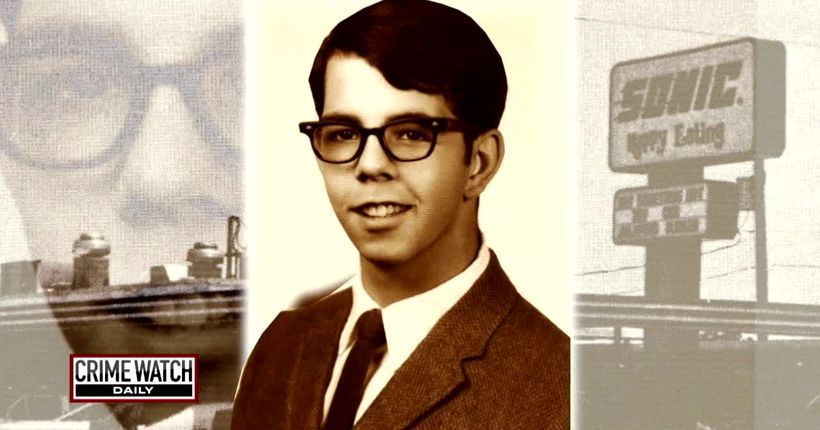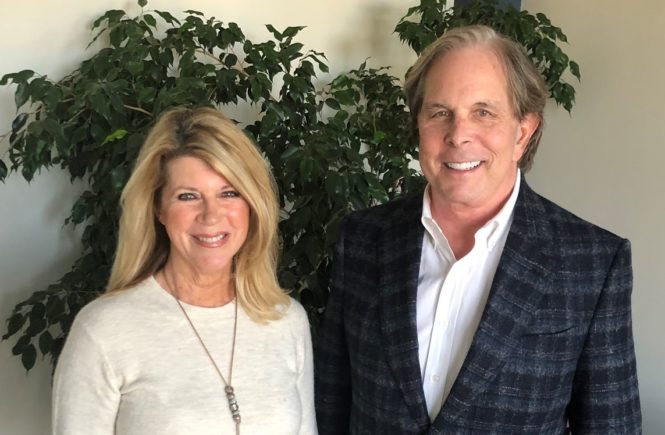Podcast: Play in new window | Download (Duration: 1:11:02 — 97.5MB)
Ted Kergan, one of Sonic’s most successful franchisees in the U. S., began his career with SONIC in 1977 as general manager of an Alexandria, LA location. Today, Ted is CEO of Kergan Bros. Sonic, which owns 60 Sonic locations across Central and South Louisiana, and employs more than 4,000 people each year.
In 2015, Ted was bestowed the Troy Smith Hall of Fame Award given to a franchisee who has worked with Sonic for a noteworthy duration and has made a significant contribution in terms of leadership, growth, positive influence, and brand image. Ted’s love for Sonic is palpable, and he attributes his success in the company to his dedicated and longtime employees who make it happen. Between his managers and assistant managers, the employees collectively bring over 1000 years of experience to the job.
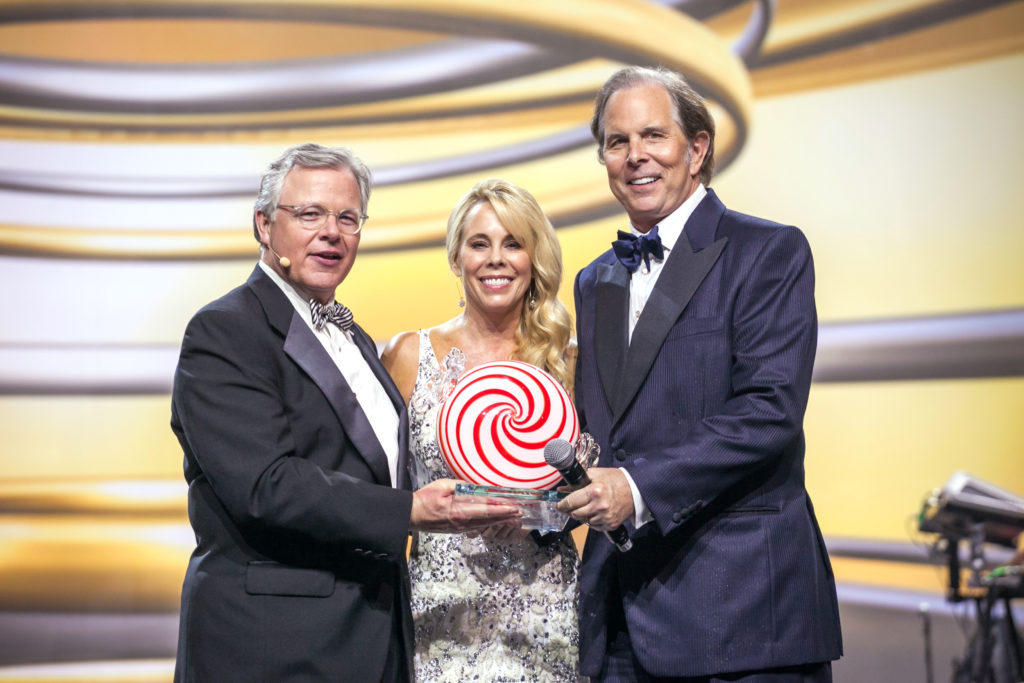
In 2015, Ted was bestowed the Troy Smith Hall of Fame Award given to a franchisee who has worked with Sonic for a noteworthy duration and has made a significant contribution in terms of leadership, growth, positive influence, and brand image. Pictured from left: Sonic CEO Cliff Hudson, Ann Kergan, Ted Kergan.
Sonic is a fun company and offers a solid business plan. Troy Smith founded Sonic in 1953 and always gave his managers the opportunity to be equity partners. Ted Kergan has followed Smith’s example and this generosity has led to lasting employee loyalty. There are 3600 Sonic locations in the U. S. and successful managers can make around $150,000 per year; the most successful manager in the U. S. is reported to make $250,000 per year. Ted recommends that anyone looking to purchase a franchise opportunity should take a close look at the business plan and select a company that has a name recognition so that people will flock to the door the day it opens for business. Many good concepts are unknown to the general public and it can be risky investing in an unknown name that will not generate adequate traffic.
Sonic was purchased by Inspire Brand in 2018 for $2.3 Billion; Inspire also owns Arby’s, Buffalo Wild Wings and Jimmy John’s Restaurants. Economies of scale are recognized in food purchases, attorney costs, etc. by franchisees associated with Sonic and Inspire, and Ted finds the costs associated with franchise royalties are greatly outweighed by savings the franchisees enjoy.
Kergan Bros. Sonics has sponsored the annual Sonic Christmas Parade in Lafayette since 2003. An annual and beloved affair with over 70 participants, the parade was originally started by the Abdalla family in 1962.

Santa waving to the crowd in the Sonic Christmas Parade 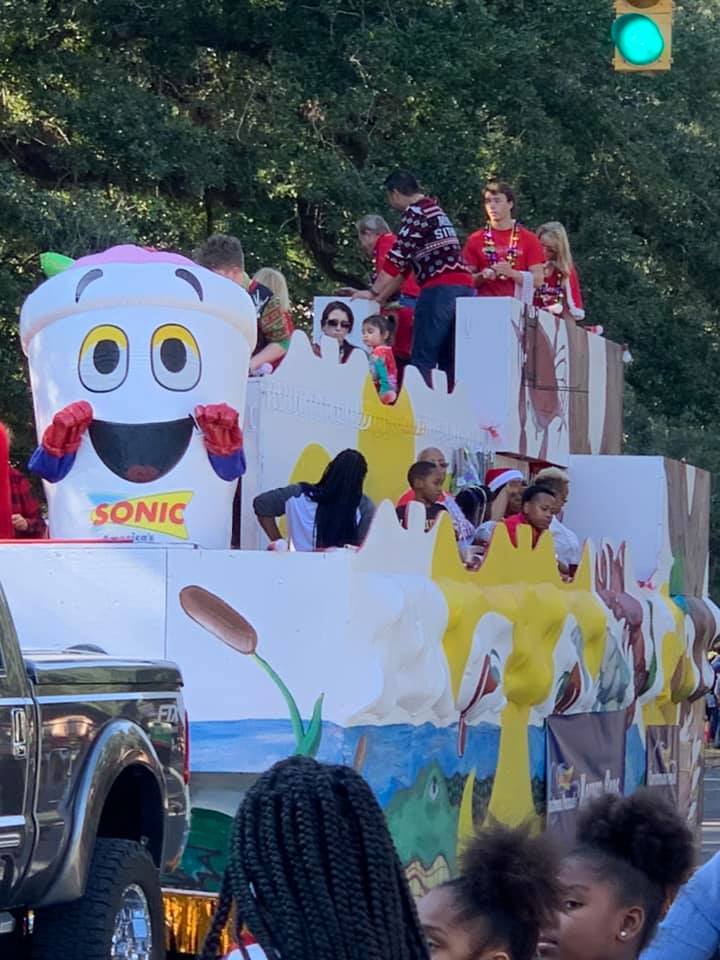
The Sonic Christmas Parade is an annual event held free for the community.
Ted also has a deeply moving and personal story to share, about his brother, Gary, who originally got Ted to move to Louisiana to join the Sonic team. Gary’s life came to an untimely and mysterious end on November 28, 1984. Ted’s journey to find out what happened to his brother is recounted in the compelling book, “My Brother’s Keeper, A Thirty-Year Quest to Bring Two Killers To Justice,” written by Chris Russo Blackwood.
Ted Kergan was born in Detroit, Michigan and was raised with his older brother and sister by his mother. Ted’s father died the day after he was born and his mother worked hard as a seamstress to make ends meet. The children were close, especially Gary and Ted, who had their own special language where they would communicate using only the first letter of words. Gary meant the world to Ted and was always there for him to guide and protect him.
When Ted was fifteen, his mother couldn’t sew any more due to arthritis, and she sold their family home so that she could raise funds to purchase a franchise business. Ted accompanied her and the opportunity to learn about business ignited a fire in him. He recounted that he attended college for one day and then dropped out to work, because of necessity and also because he was more interested in making money. “I was so broke that I couldn’t pay attention,” Ted jokingly said.

Ted Kergan attended college for one day and then dropped out to go to work for two reasons: he had to work to make ends meet and he was more interested in making money. “I was so broke that I couldn’t pay attention,” Ted Kergan jokingly recounts. Today Kergan is CEO of Kergan Bros. Sonics which owns 60 restaurants.
Gary and Ted worked in multi-level marketing and did well. When a friend of Gary’s invited him down to Louisiana to check out the Sonic franchise opportunities, Gary agreed and Ted soon followed. After one and one-half years, Gary and Ted bought the Sonic franchise from the guy they worked for and their business took off, growing to 14 stores rather quickly. Ted was about 28 years at the time.
As the brother’s business grew, Gary kept a business apartment in Baton Rouge. On the night of November 28, 1984, the day before his son Wade’s 10th birthday, Ted spoke with Gary for the last time when Gary phoned him late to tell him he was heading back to Crowley where they both lived. Gary never made it home and by the next morning, the family knew something was wrong as this was totally out of character for Gary.
Ted headed to Baton Rouge to look for Gary, checking his apartment, his usual haunts, and going through his Rolodex calling Gary’s associates. No one had seen Gary and he missed an important real estate closing a couple of days later. Ted’s personal detective work led to information that identified the last person Gary was seen with, Leila Mulla, leaving the Night Spot lounge in Baton Rouge.
An all-points bulletin was put out on Gary’s Cadillac, which turned up in Metairie with its trunk filled with blood, triggering an arrest warrant on Leila Mulla as a material witness in Gary’s murder. Mulla had already left the state with Ron Dunnagan, her boyfriend, and headed to Las Vegas to find work as a dancer; on December 7, 1984, when she filled out the paperwork to obtain a dancer’s license in Las Vegas, a routine background check of the national criminal database found a warrant for her arrest back in Baton Rouge. While she was detained, Dunnagan had remained in the car outside and he finally went in to see what was taking so long. The Las Vegas authorities agreed with the East Baton Rouge police to detain Dunnagan for twenty-four hours based upon a failure to appear warrant from City Court, to allow them to get to Vegas and take custody of the suspects.
With time being of the essence, the Baton Rouge police needed to get to Las Vegas to question both suspects quickly. Ted Kergan chartered a jet at his own expense to ensure that the police could do their job and detain the suspects, placing the charge on his American Express card. And just like that, the two killers were tracked down and taken into custody. Within fifteen days, both Mulla and Dunnagan were charged with the first-degree murder of Gary Kergan
In a strange twist of fate relating to the election of a new East Baton Rouge District Attorney, both killers would be released from custody by March 20, 1985. Ted would spend the next three decades trying to locate his brother’s body, as well as bringing both Leila Mulla and Ron Dunnagan to justice for the murder. The details of the case are fascinating and are laid out in My Brother’s Keeper: a Thirty-Year Quest to Bring Two Killer To Justice by Chris Russo Blackwood. But to really understand the passion of Ted Kergan and his unrelenting pursuit of his brother’s killers, you must listen to him in this episode of Discover Lafayette.
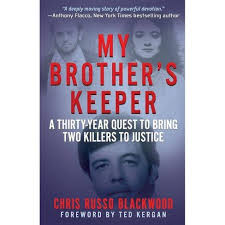
“One of my goals has always been to find my brother’s body and to bring him home. It’s like the story of Cain and Abel. Am I my brother’s keeper? Yes, we are our brothers’ keepers.”
After nearly thirty years of unrelenting roller coaster ups and downs, spending over $1 million of his own money spent to track the suspects and cover expenses of investigation, and a loving dedication to his brother’s legacy unmatched by anyone, Ted Kergan finally achieved what he set out to do: both Leila Mulla and Ron Dunnagan were brought to justice.
With a federal grant that had been awarded to the East Baton Rouge Police Department to pursue cold cases and the advent of DNA technology in the years since Gary Kergan’s murder, reliable evidence was obtained to prove that Gary Kergan’s body had indeed been in the trunk of his Cadillac thirty years prior. In the presence of Ted Kergan and his family, Mulla pled guilty to manslaughter on May 15, 2014 and received a thirty-year sentence, and Ron Dunnagan was found guilty of second-degree murder and sentenced to life imprisonment just over a year later.
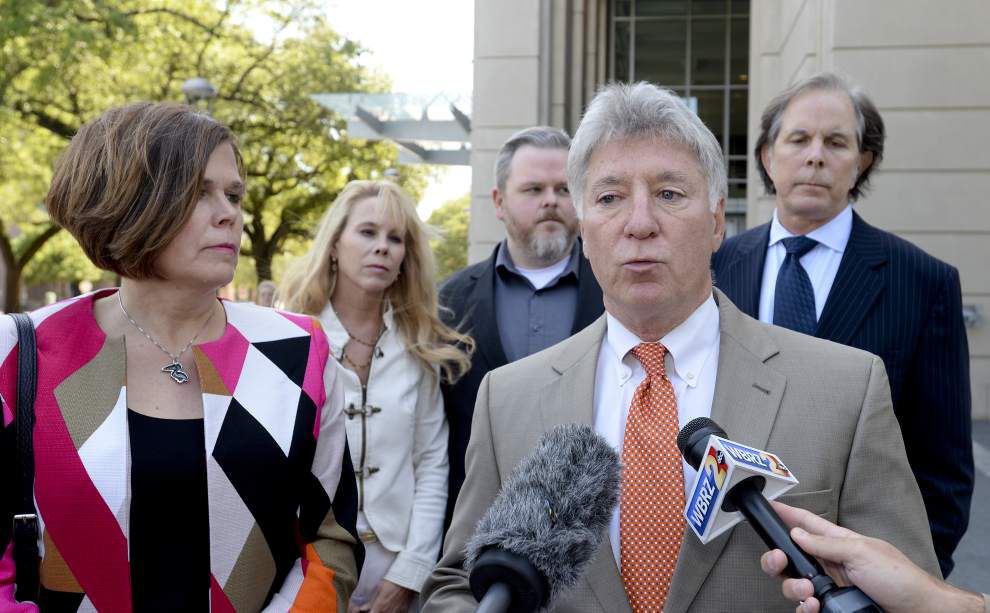
While Gary Kergan’s body has never been found, Ted has not given up his hunt. Ted Kergan is truly his brother’s keeper.
In Memory of Gary Kergan…..
